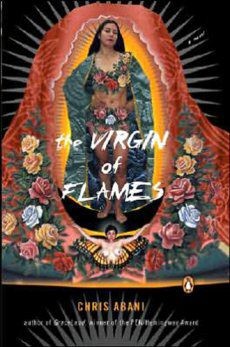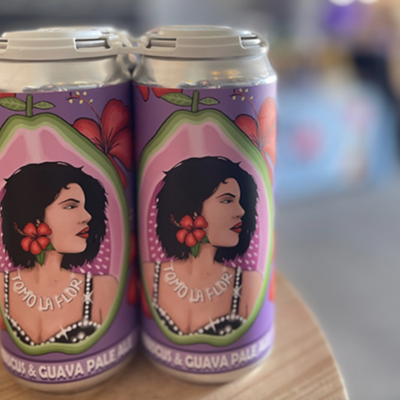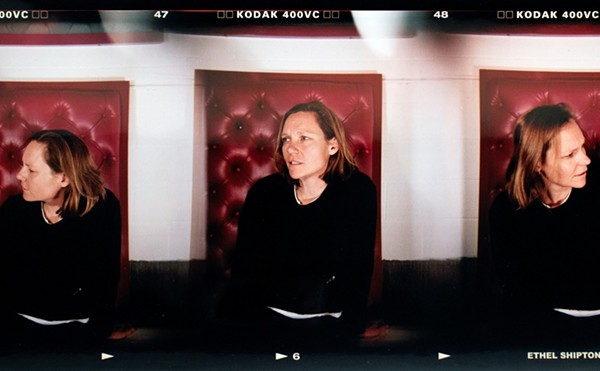|
The Virgin of Flames By Chris Abani Penguin $14, 304 pages |
But never judge a book by its cover.
The Nigerian-born Abani’s ambitious take on present-day Los Angeles bends and turns like the beloved LA river that runs its meandering course through this novel. Initially stunning in the way a dazzling mural on the freeway appears in the fast lane, it is only on closer glance that the flaws, cracks, and overwrought message make a turnaround disappointing.
A lot of the problem lies with Abani’s protagonist, who despite his Angelino roots, echoes the author’s own immigrant view of Los Angeles: His Black is a 36-year-old, mixed-blood (African Igbo and Salvadorian) mural artist living in boho El Lay. To add to the surreal, he is “stalked” by the Angel Gabriel, who often appears as a pigeon or a 15-foot man with wings (Donny Darko, eat your heart out!)
We also learn that Black wore dresses until age 7 to ward off an ancestral death curse. He carries a childhood photo of himself in drag in a scapular around his neck — his albatross. This gender and sexual confusion, claiming to be straight one minute and cross-dressing the next, takes its toll: He traipses through the novel with a perpetual hard-on for the Virgin and the Whore.
As the novel opens, Black is planning his next project: a mural of the Virgin of Guadalupe. The upshot of this experiment results in his 250-pound, six-foot frame in Guadalupe drag, standing on a rooftop warren much to the surprise and delight of the down-and-out faithful below. (John Waters, are you listening?)
In the superb Graceland, a PEN/Hemingway award-winning novel, Abani told the story through the eyes of a black child named Elvis and it worked. And in Becoming Abigail, his young African female protagonist in modern-day London also gives rise to people erasing both cultural and geographical borders to reinvent or become themselves.
“So much of who I am could be tied up in the ghosts of my parents,” Black laments. “It seems like I turned a corner one day and ended up in an alternative life, an alternative city, I have to do something to find my way back.”
The rest of the novel’s characters come from Hollyweird Central Casting: Iggy, a Jewish tattoo artist/psychic and Black’s landlord; Sweet Girl, a Mexican transsexual stripper who doesn’t lose her masculinity in her new skin and becomes Black’s muse; Bomboy, a Rwandan illegal who owns a thriving meat-packing business, but still lacks a green card; and Ray Ray, a dwarf who waits tables on stilts and channels Raymond Chandler. And while this sort of shape shifting could have been grand farce or even tragicomedy, the humorless, suicidal narrator sadly plays it for keeps.
Still, Albani’s narrative powers are often poetic (He’s a Lannan Poetry Fellow) but in this literary misstep, his dialog often stoops to Douglas Sirk groaners.
Despite all the Hollywood f/xs, proto-punk conceptual posturing and Burning Man ritual, The Virgin of Flames is a mere flicker next to more original writers and graphic artists (Los Brothers Hernandez, Nina Revoyr, Sesshu Foster, Dennis Cooper) who have envisioned the LA of lost angels with much more verve and energy.
Here’s hoping Abani’s next novel will be truer to his own ghosts — and to his remarkable talent.
















